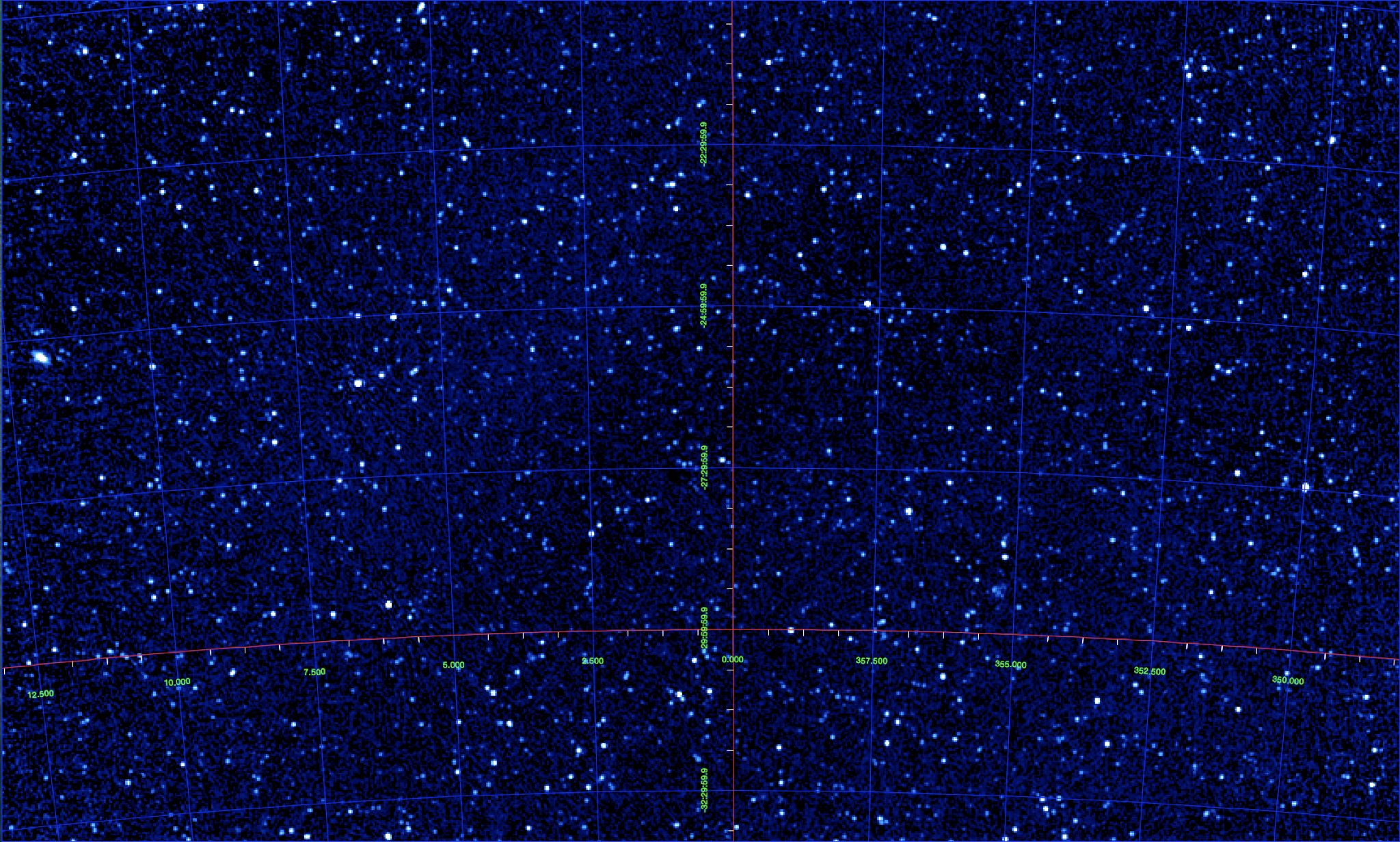
FHD + pyFHD
Radio imaging is an international organization for the management of FHD and pyFHD, providing the radio astrophysics community a cosmology precision open-source data analysis suite.
FHD and pyFHD have grown organically to achieve a variety of science goals. FHD originally grew out of the need for widefield polarimetric imaging and cosmology-precision power spectrum analyses. As more and more students used and enhanced FHD, the need for a python implementation, pyFHD, spurred its creation.
Radio imaging orchestrates the future development of FHD + pyFHD to ensure the software can meet the needs of a broad range of radio scientists and maintain the legacy of impact.
FHD + pyFHD Features
The FHD + pyFHD software suite offers a unique set of features beyond other radio analysis packages available, and these can be leveraged for a number of emerging science goals. The unique features include:
Widefield OMM. FHD is the only widefield optimal map making (OMM) analysis package. While a few packages offer optimal map making (or A-transpose), FHD combines this with facetless widefield polarimetric imaging. Horizon-to-horizon polarimetric imaging is common.
Cosmology precision. FHD has been used in many of the deepest Epoch of Reionization Power Spectrum observations (science). For example, gridding is commonly performed at 1/7000 wavelength precision.
Heterogeneous antennas. FHD is designed to optimally use the electric field beams (holographic beam maps) for each antenna in an array. Even arrays with wildly different antennas with very different fields of view are naturally incorporated.
Complex sky model calibration. FHD can rapidly solve for direction-independent per frequency antenna gains with complicated widefield sky models. Common usage includes 50,000 sources through the antenna sidelobes.
Reference open-source implementation. FHD is developed in the open and serves as a reference implementation for the Epoch of Reionization power spectrum community.
Rapid accurate deconvolution. By leveraging the mathematical equivalence of the OMM uv-planes and visibilities in conjunction with the sparse holographic mapping operator, FHD is able to quickly deconvolve complicated fields. The components from this deconvolution are particularly well suited to machine learning post processing.
FHD + pyFHD is constructed from a set of functional blocks that can be combined in many different ways. Common applications range from calibration to catalog & map making to precision gridding for cosmology power spectra. This ability to combine functional blocks like Legos makes FHD uses quite flexible and enables students to quickly extend its capabilities while building off a cosmology precision foundation. The overview page details the functional blocks and common ways of combining them for science.
Explore FHD + pyFHD
This website provides an overview of the FHD + pyFHD analysis package and serves as focus point for scientific user community.
A gallery of the diverse science enabled by FHD + pyFHD.
Who we are, ways to get involved, community governance, code and behavior standards.
The key building blocks of FHD + pyFHD, and how they are combined for common analysis tasks.
The software ecosystem that enhances capabilities and enables analysis of many different telescopes.
